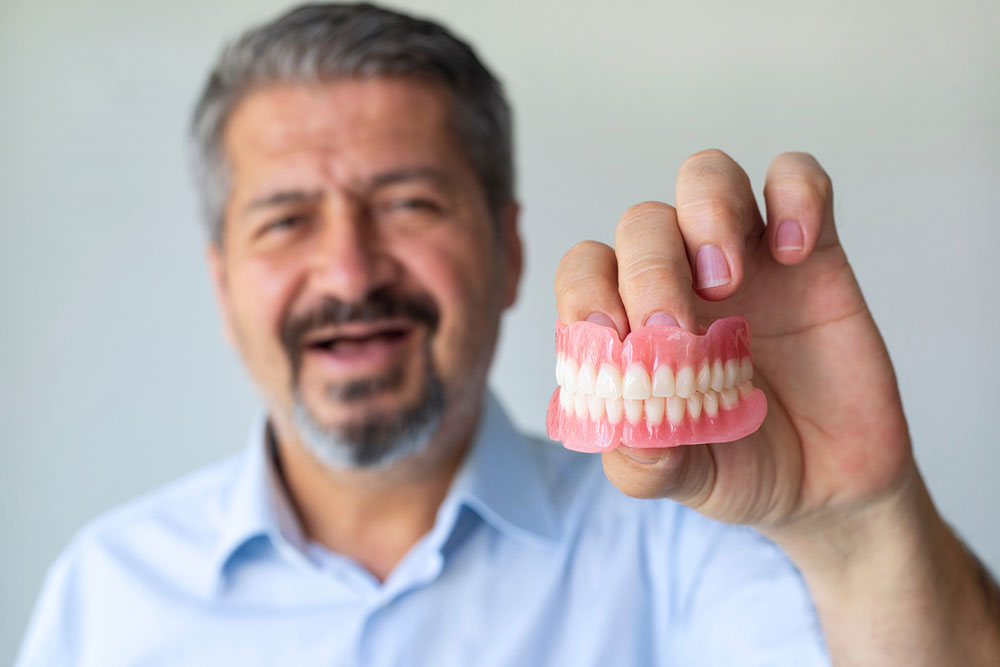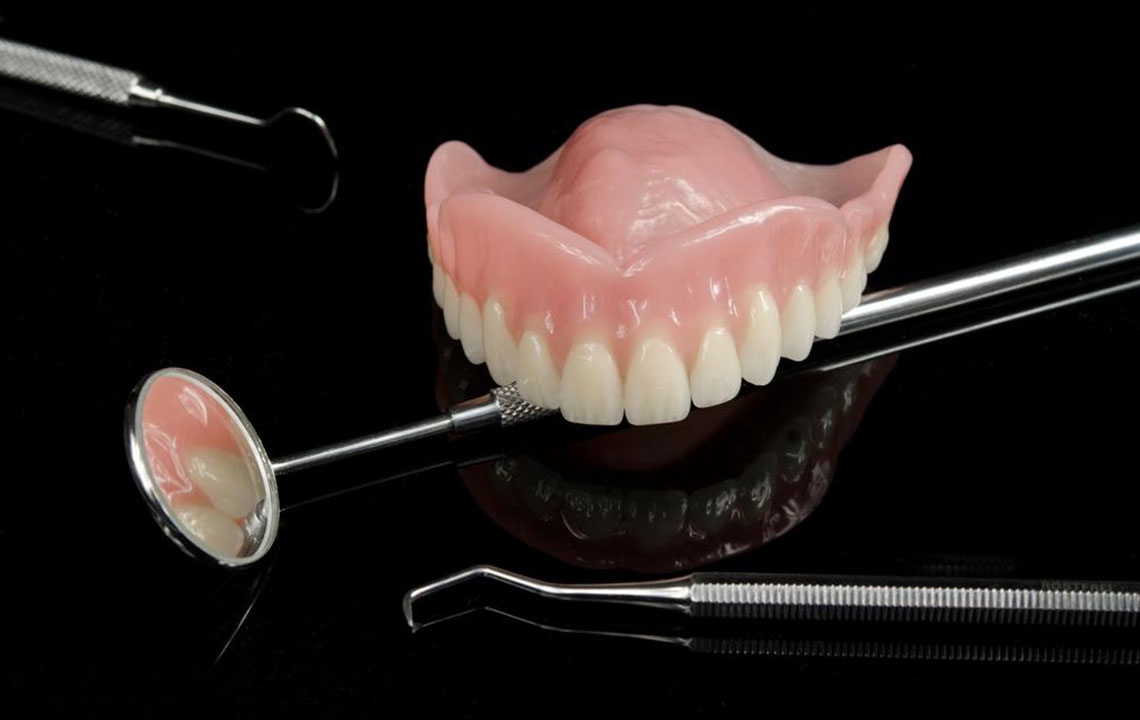Comprehensive Guide to Removable Dental Implants: Advantages, Procedure Steps, and Cost Considerations
Learn everything about removable dental implants including their benefits, detailed procedural steps, cost factors, and tips for choosing the right provider. This comprehensive guide helps you understand how these innovative implants can restore your smile, improve oral health, and enhance quality of life with natural appearance and comfort.

Comprehensive Guide to Removable Dental Implants: Advantages, Procedure Steps, and Cost Considerations
Removable dental implants, also known as snap-on dentures or implant-supported overdentures, represent a significant advancement in dental prosthetics. They offer a practical and reliable alternative for individuals who have lost teeth due to aging, decay, injury, or other dental health issues. Unlike traditional dentures, these innovative implants provide enhanced stability, comfort, and a natural appearance. This comprehensive article explores everything you need to know about removable dental implants, including their benefits, detailed procedural steps, cost factors, and tips to choose the right provider.
Understanding Removable Dental Implants
Removable dental implants, sometimes called snap-in or overdentures, consist of artificial teeth that are securely attached to titanium implants inserted into the jawbone. These implants act as anchors, giving the denture a snug fit that minimizes slipping during eating, speaking, or facial movements. The design ensures that the patient enjoys greater confidence and comfort compared to traditional removable dentures, which may shift or cause irritation over time.
Step-by-Step Procedure of Installing Removable Dental Implants
The process of fitting removable dental implants involves several carefully planned stages, each crucial to ensuring durability, functionality, and aesthetic appeal:
1. Implant Placement
Initially, a qualified dental surgeon thoroughly evaluates the patient's oral health through imaging scans such as X-rays or CT scans. Once deemed suitable, the surgeon surgically inserts titanium implants into strategic locations in the jawbone. These implants serve as the foundation for the artificial teeth and are positioned to support the upcoming denture securely.
2. Healing and Osseointegration
Following implantation, a healing period of approximately 2 to 6 months is essential for osseointegration—the process where the titanium implants fuse seamlessly with the jawbone. This integration creates a stable and durable base, ensuring the prosthetic's longevity and functional strength. During this phase, patients are advised to follow specific post-operative care instructions to promote healing and prevent infections.
3. Attaching Connectors and the Denture
Once the implants are fully integrated, attachment mechanisms such as abutments or connectors are secured onto the implants. The removable denture is then designed to fit these connectors securely, allowing for easy removal for cleaning and maintenance. The final step involves fitting the denture, which is checked for comfort, alignment, and aesthetic balance, ensuring a natural look.
Advantages of Removable Dental Implants
These implants offer numerous significant benefits over traditional dentures or fixed implants. Below are the key advantages that make them increasingly popular among patients:
Enhanced Stability and Security: The anchored design prevents slippage or movement during daily activities such as eating or talking, which is a common issue with conventional dentures.
Improved Comfort: Reduced pressure on the gums and minimized irritation contribute to a more comfortable experience, especially during prolonged wear.
Better Chewing Functionality: The stable fit allows patients to enjoy a wider variety of foods—including tougher, crunchy, or fibrous options—without worry about denture displacement.
Bone Preservation and Facial Structure Maintenance: By supporting the jawbone, these implants help prevent bone resorption, which otherwise leads to facial sagging, sunken cheeks, and premature aging.
Natural Appearance: Custom-designed to match your natural teeth in shade, shape, and size, they help you regain a confident, natural-looking smile.
Ease of Maintenance: Since they are removable, cleaning is straightforward, promoting better oral hygiene and long-term oral health.
Cost Factors for Removable Dental Implants
Understanding the financial aspect of removable dental implants is crucial for planning and decision-making. The overall cost depends on several factors, including:
Number of Implants Needed: More implants generally increase the total cost, but they offer better stability and support for the denture.
Materials Used: High-quality materials for both implants and dentures will usually incur higher costs but offer improved durability and aesthetics.
Experience of the Dental Provider: Experienced oral surgeons and implant specialists may charge more due to their expertise and skill level.
Geographic Location: Costs tend to be higher in urban centers or regions with a higher cost of living.
Additional Procedures: Situations requiring bone grafting, sinus lifts, or tooth extractions will add to the overall expenses.
Insurance Coverage: Dental insurance plans may cover part of the procedure, reducing out-of-pocket costs for eligible patients.
Typically, the price begins around $6,000 for a pair of implants supporting a removable denture. Despite higher initial expenses compared to traditional dentures, many patients find that the improved function, comfort, and longevity justify the investment. There are also assistance programs available that can help seniors and low-income individuals afford these advanced dental solutions.
Tips for Selecting the Right Dental Implant Provider
Choosing a qualified and experienced dental professional is vital to achieving successful results. Here are some helpful tips for selecting the best provider:
Request Recommendations: Seek referrals from friends, family members, or your general dentist who have experienced successful implant procedures.
Research Online: Use reputable review platforms and clinic websites to assess ratings, patient feedback, and before-and-after photos.
Verify Credentials and Experience: Ensure your chosen specialist has advanced training in implant dentistry and substantial hands-on experience with similar procedures.
Schedule Consultations: Meet potential providers to discuss your oral health status, treatment options, cost estimates, and expected outcomes.
Insurance and Payment Plans: Confirm whether your insurance plan covers any aspects of the procedure and inquire about financing options or payment plans offered by the clinic.
Conclusion
Removable dental implants are an innovative, effective, and aesthetically pleasing solution for those missing teeth. Their advantages in stability, comfort, and preservation of facial structure make them a smart investment. With proper planning, consultation with experienced professionals, and understanding of costs, you can regain your natural smile and enjoy improved quality of life. Consulting with a qualified implant dentist will help you make informed decisions tailored to your personal needs and oral health goals.





